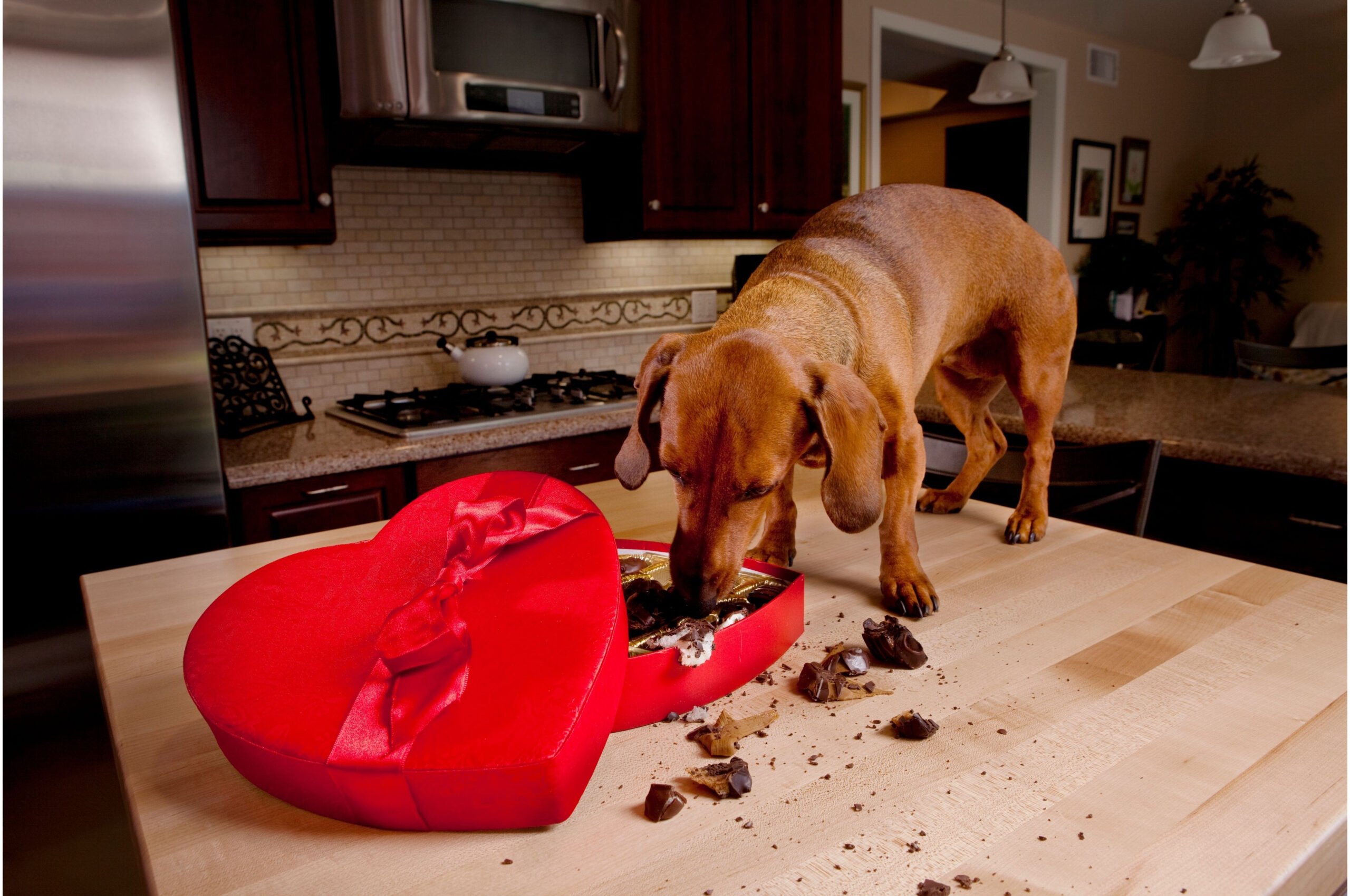Paws Off: Understanding why chocolate creates a risk for dogs – Chocolate Week Awareness

Humans love chocolate, so, it can be easy to forget how dangerous it can be for dogs. As tempting as it is to sneak the pooch a square of chocolate, especially when they give ‘the puppy eyes’, even a small amount should be avoided to be on the safe side. At best, a toxic amount of chocolate can cause vomiting and diarrhoea, but at worst it can lead to seizures and even be fatal.
“Chocolate can be highly toxic for dogs and can cause both short and long term health problems” says James Whitten, the Marketing Manager at petGuard.
Chocolate Week, which started on Monday 16th of October this year and is the perfect time to raise awareness of the danger chocolate poses to dogs. On this occasion, the leading pet insurer petGuard investigated why chocolate is bad for dogs, the health problem it can lead to and dog friendly alternatives.
What makes chocolate bad for dogs?
Chocolate is poisonous for dogs because it contains theobromine, a component which humans can easily metabolise, but for dogs this is a much slower process. This means it has much more opportunity to build up to toxic levels and cause potentially fatal issues. Theobromine can affect a dog’s heart, liver and central nervous system – a demonstration of just how dangerous it can be.
How much chocolate is bad for dogs?
The amount of chocolate which would cause a dog severe health problems depends on the size of the dog and the amount and type of chocolate they have consumed. Cacao, cooking chocolate and dark chocolate are the most lethal for dogs, containing much higher levels of theobromine than milk chocolate. This means only a small amount could have serious and significant health effects.
It also depends on the size of the dog. A small terrier eating one square of dark chocolate will have a much higher chance of dangerous side-effects than if a Great Dane were to eat the same amount, for example.
Typically speaking, chocolate is toxic when consumed at 20 milligrams per kilogram of the dog’s weight. Though, as mentioned, significantly more milk chocolate can be consumed before toxic effects occur than is the case with dark chocolate. However, caution should still be maintained.
Even hot chocolate can be poisonous at high enough levels. While most brands will have similar or lower levels of theobromine than standard milk chocolate, it could still be dangerous, particularly for smaller dogs.
“If your dog eats an amount of chocolate which you consider to be a concern for their health, seek advice from a vet as soon as possible” warns Whitten.
What dog-friendly alternatives are there to chocolate?
There is an increasing amount of doggy chocolate available now in shops, especially around Christmas and Easter time. Alternatively, a healthy treat is never a bad thing! Dogs love apples, pineapple, cucumber, carrots and a range of other fruits and vegetables, which all provide health benefits, so rewarding a dog with cubes of these is a good place to start.
Read more on the negative effects of chocolate on:
https://www.petguard.co.uk/dogs-and-chocolate






